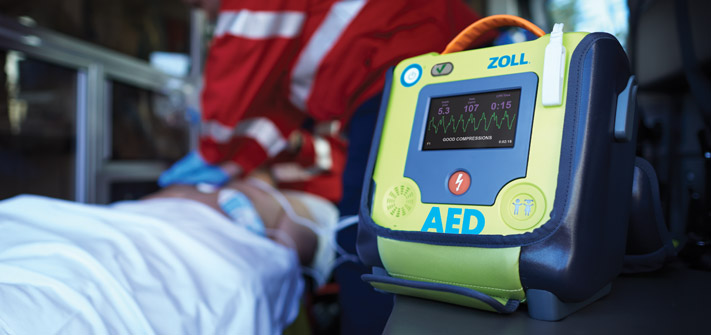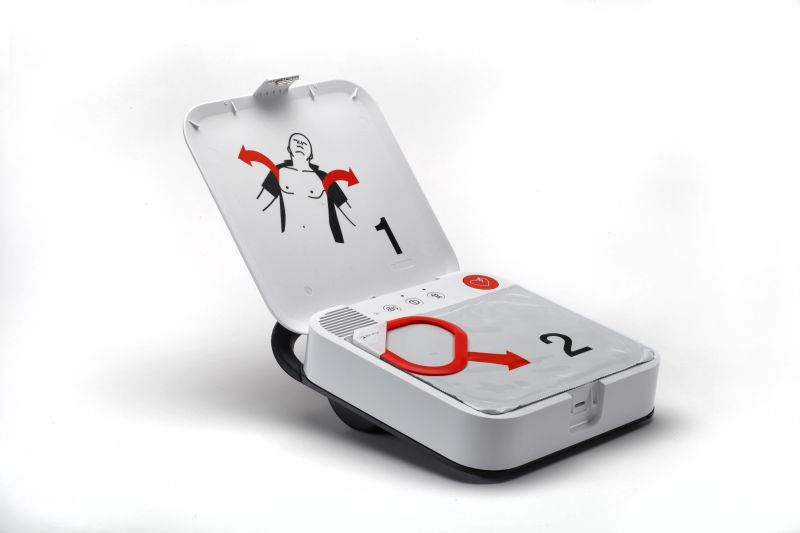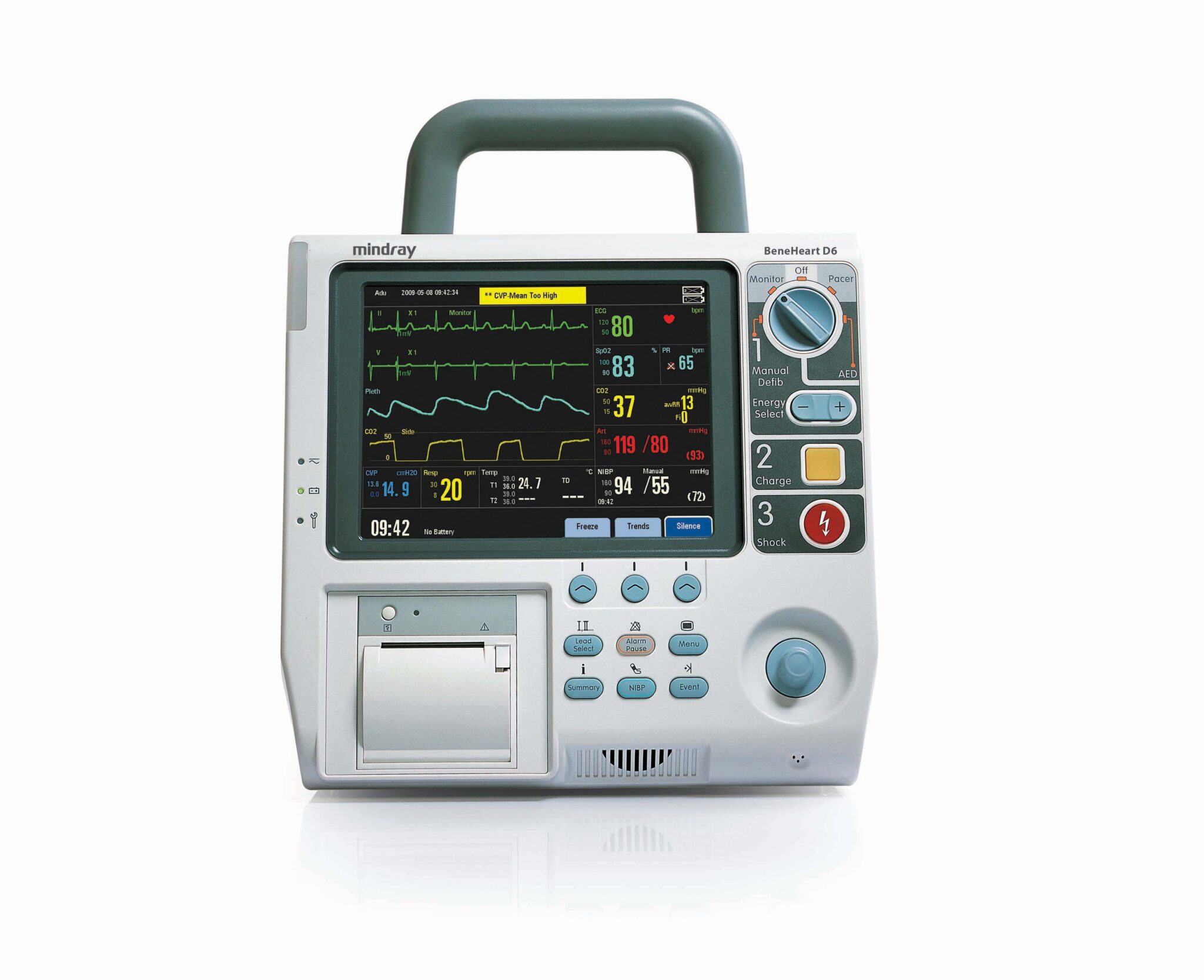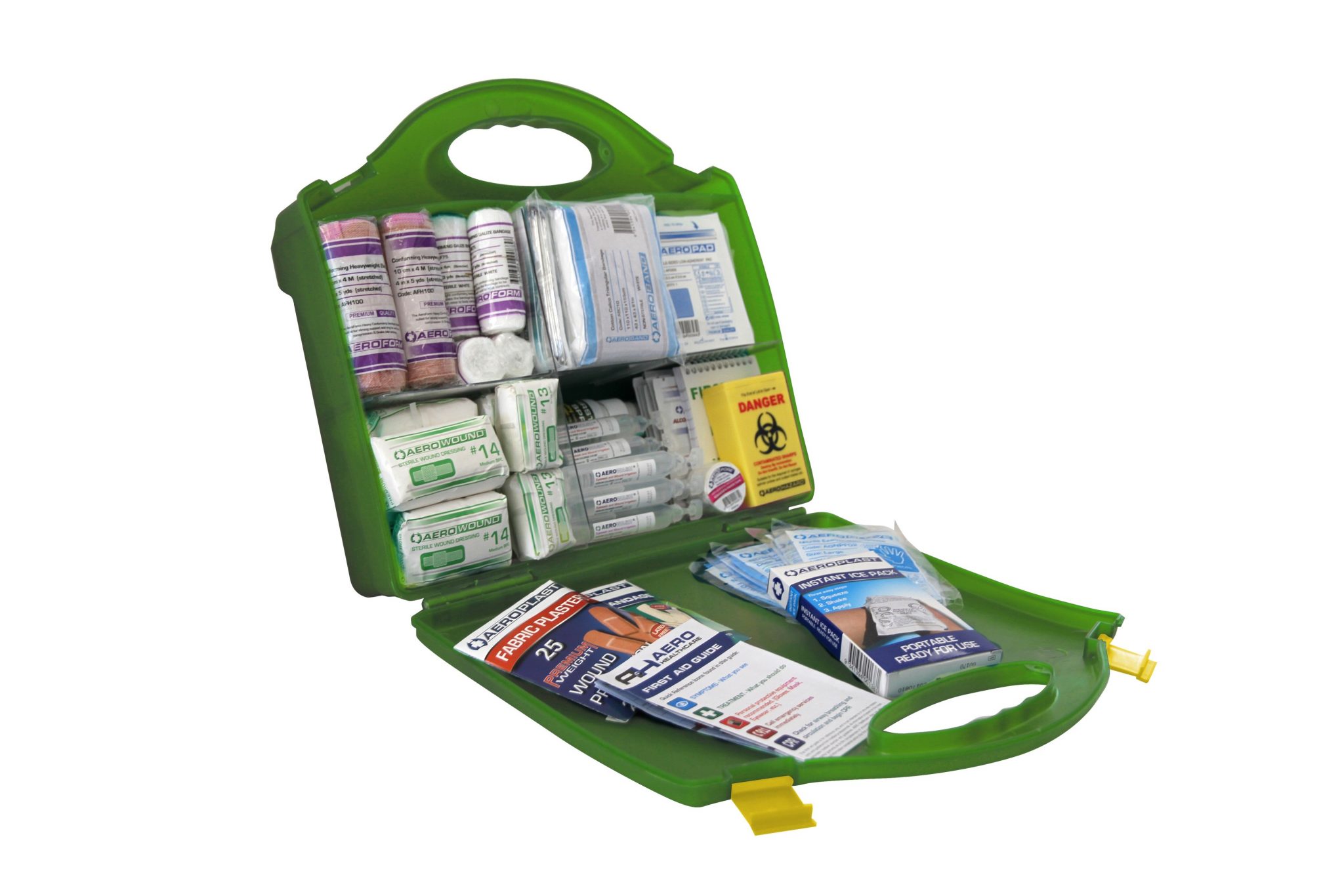FIRST AID AND CPR TRAINING HELP BUT THIS IS WHY YOU NEED AN AED
What is an Automated External Defibrillator (AED)?
An AED or defib is a an electrical device that is used to treat sudden cardiac arrest (SCA) by giving the “heart a shock”. The AED is designed in such a simple way that anyone can use it, you don’t need prior AED or CPR training, but it helps improve survival rates and the critical “time to first shock” if you have had training . An AED can provide easy to understand audio and visual prompts so even a person without training in CPR could deliver a shock in a timely manner.
“AEDs all operate in a similar way, simply start them up, apply the pads and follow the prompts from the device. They tell you what you need to do to save a life”
What are causes of cardiac arrest?
The hearts electrical system is responsible for maintaining a regular pulse. When this electrical system is disturbed, the heart can start to beat irregularly. Usually these irregular heartbeats are harmless; however, some types can lead to cardiac arrest. Mayo Clinic identifies two different rhythms that defibrillation can reverse; Ventricular Fibrillation and Ventricular Tachycardia. In both these rhythms the heart is unable to pump effectively and therefore no blood is being pumped around the body causing the brain to become suddenly starved of oxygen.
Did you know that more than 30,000 Australians suffer from sudden cardiac arrest every year!
How the AED was developed?
Heart attack as it is sometimes known, or cardiac arrest or cardiac-related problems have long been a significant cause of death, increasingly so in more modern times. As we live longer these lifestyle diseases, as they are sometimes called become more prevalent.
Claude Beck (1894-1971) was an innovated American cardiac surgeon who delivered the first defibrillation or shock to the heart in 1947. While his surgical colleague Carl J. Wiggers proposed ways of maintaining circulation by manual maintenance, Beck et al defined a successful precise series of steps for managing cardiac arrest in
Who is at risk of sudden cardiac arrest?
Just about anybody can be at risk
- Smoking
- A family history of coronary artery disease
- High blood pressure
- Obesity
- Diabetes
- A sedentary lifestyle
Other risk factors can include:
- Being male
- Previous cardiac arrest or family history of cardiac arrest
- Illicit drug use
- Nutritional imbalance e.g. low potassium
- Obstructive sleep apnoea
- Chronic kidney disease
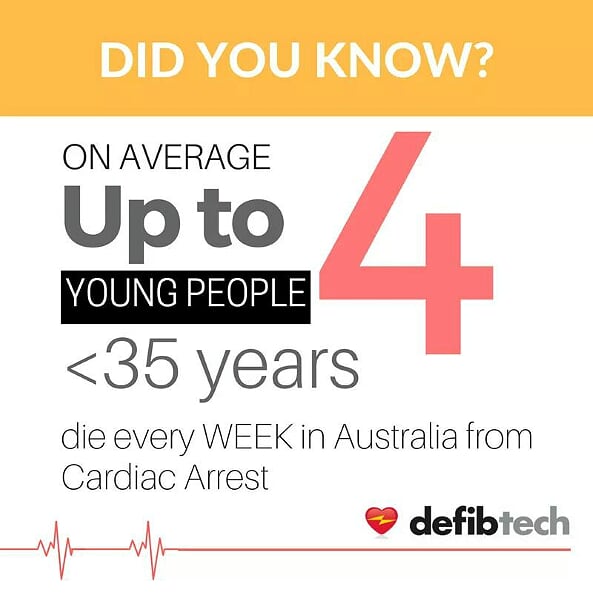
What can I do when someone goes into cardiac arrest?
The Australian Resuscitation Council (ARC) and first aid training classes follow the DRSABCD action plan. (See below for the exact order as per ARC guideline and download a free DRSABCD wall chart).
Firstly, you need to make sure it is safe to approach the victim. You should check to see if the patient is responding. If they do not respond in any way to the sound of your voice or to physical touch (e.g. asking ‘are you awake’, squeezing the patient shoulder, a gentle tap on the forehead), then the victim is unresponsive. At this point, you need to send for help by instruct someone nearby to call triple zero “000”, and another person to bring the nearest AED. Then, begin CPR. The person needs your immediate help.
Next, make sure the person is breathing. Tilt their chin upward to open the airway and then look at their abdomen to see if they’re breathing normally.
At this stage, if the patient is not breathing and not responding, while someone continues chest compressions, a second person should open the AED and begin listening to instructions in preparation of delivering an electric shock to the victim’s heart.
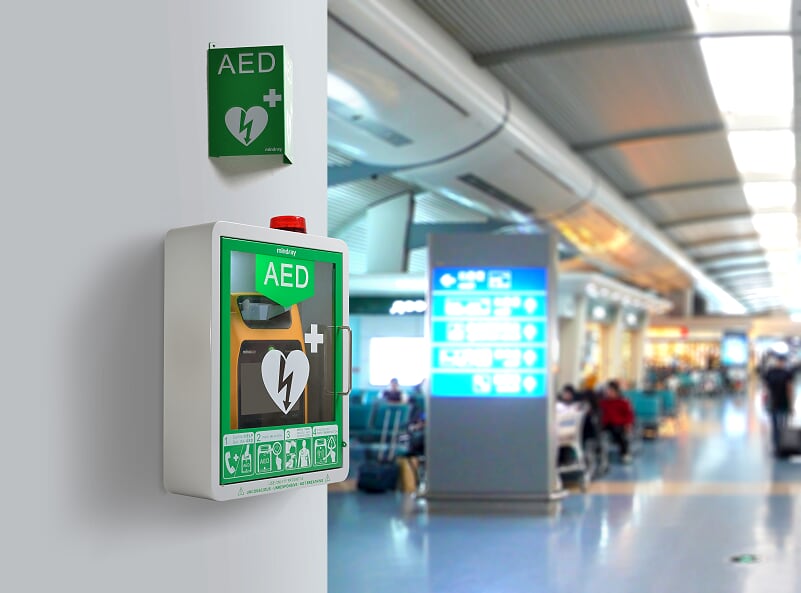
WHY YOU NEED AN AED?
If a victim receives defibrillation within the first few minutes, their chances of survival increases by 70%
Without defibrillation, less than 26% of victims survive
Every minute that passes between a victim falling into cardiac arrest and their first defibrillation, their chance of surviving reduces by 10%
How do I make sure I’m providing effective CPR?
- Place the heel of your hand in the centre of the breast bone.
- Place your other hand on top
- Push hard into the centre of the chest. Make sure your elbows are locked and you’re using your body weight to compress the chest. Don’t be afraid to press too hard.
- Aim for approximately 100-120 compressions every minute, or two compressions every second.
- If you’ve had training, provide two rescue breaths after every 30 compressions. If not, simply focus on the chest compressions.
Where can I find an AED?
There is no regulation in Australia that requires an AED. You can usually find an AED in any public place. They are usually mounted on a wall, in a visible and easily accessible area. Every AED should be mounted next to a sign as displayed.
How do you use an AED?
First Aid and CPR training are helpful but, you do not need any medical training or experience to operate an AED!
Yes that’s true, but training will help reduce critical “time to first shock” While someone is providing chest compressions, someone should be setting up the AED, putting on the defib pads and getting ready to deliver a shock.
Simply turn on the AED and follow the instructions or prompts. The instructions should be clear and concise, telling you every step that you need to take. Listen carefully and follow each step immediately when told. The AED will give you time to complete each task before moving onto the next step.
Is an AED safe?
Yes! The AED is constantly monitoring the electrical activity in the heart. It will only allow you to provide an electrical shock to the victim when it identifies a certain rhythm. At this point, the shock provided can be life-saving. The AED will not deliver any electricity to the patient if their heart does not need it, no matter how often you press the big red button!
What does an AED cost?
An AED can cost from around $2000 and up to $3000 depending on the features it has. There are some great value packages deals available that can reduce the total cost of ownership dramatically. You should look at the total cost of ownership when buying an AED. Pads, battery replacement and ongoing maintenance can make what seems like a good deal end up expensive. Buy an AED from people that understand and use them everyday. International Paramedic College has a full range of AED’s and can teach you how to use your chosen AED.
References
Ann Thorac Surg. 1988 Jan;45(1):103-5.Claude Beck and cardiac resuscitation.Meyer JA. Department of Surgery, State University of New York College of Medicine,
Syracuse. retrieved 01/02/2019 https://www.ncbi.nlm.nih.gov/pubmed/3276274
Australian Resuscitation Council. (2016, January ). Cardiopulmonary Resuscitation (CPR). Retrieved from resus.org.au: https://resus.org.au/guidelines/
MayoClinic. (2018, December 18). Sudden Cardiac Arrest. Retrieved from www.mayclinic.org: https://www.mayoclinic.org/diseases-conditions/sudden-cardiac-arrest/symptoms-causes/syc-20350634
St John Ambulance Australia. (2017, May 31). Cardiac Arrest Statistics. Retrieved from news.stjohnvic.com.au: Cardiac Arrest Statistics
The Heart Foundation. (n.d). Cardiac Arrest. Retrieved from www.heartfoundation.org.au: https://www.heartfoundation.org.au/your-heart/heart-conditions/cardiac-arrest

